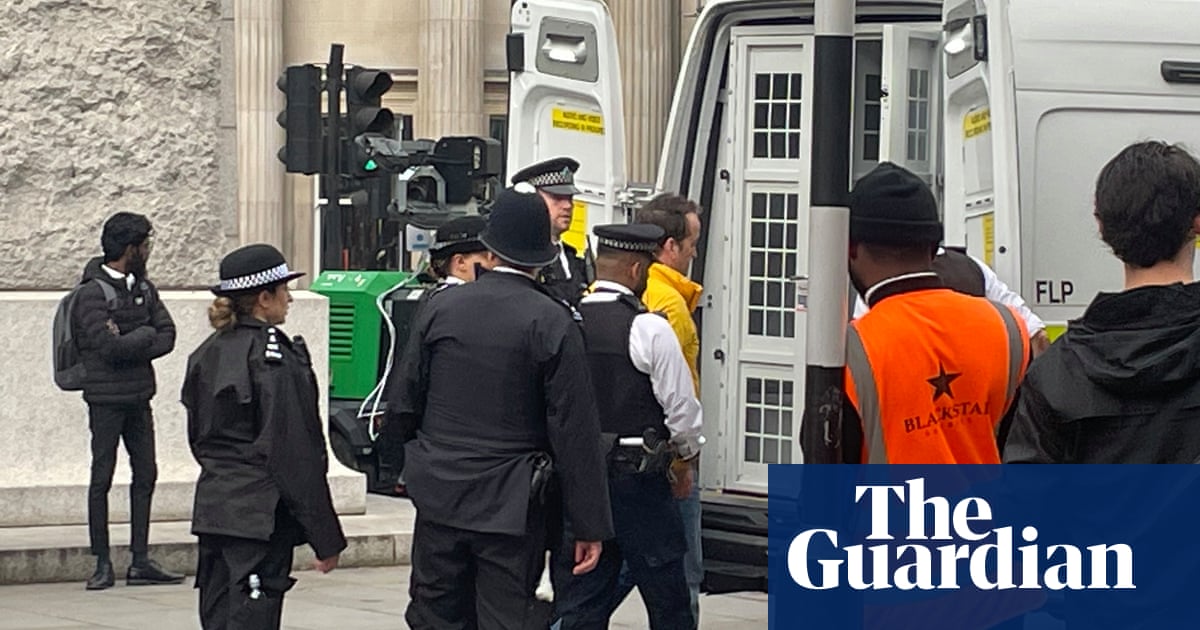Key events Show key events only Please turn on JavaScript to use this feature
As well as power outages, there are disruptions to cellphone coverage – primarily in the upper North Island - with some cell phone sites out due to power outages or wind damage.
Vodafone, Spark and 2 Degrees all say they have a number of sites down.
We have started to see the effects of Cyclone Gabrielle on our network, with some cell sites currently down due to power issues.
— Vodafone New Zealand (@vodafoneNZ) February 12, 2023Sending aroha to those battling Cyclone Gabrielle up north. As the storm front continues to make it's way down the country, we are seeing localized outages due to power outages and wind damage. (1/2)
— 2degrees (@2degreesmobile) February 12, 2023Forecasters and weather monitoring agencies are forecasting huge swells around the North Island – and warning people to stay away.
Waves to the north of New Zealand, near the centre of #CycloneGabrielle, are over 12 m high! 🌊
⚠️ On Monday-Tuesday, 5-8 m waves are likely in the northern & eastern North Island ~ coastal conditions will be very dangerous!
🧵 insights from @niwa_nz's coastal experts... pic.twitter.com/G8gxXz7zJT
'The worst weather is still to come' for parts of North Island
National forecaster Metservice says the worst weather is still to come – and that it has already broken records for the most “red” weather warnings ever issued. Some of the key points from their statement at noon:
Cyclone Gabrielle is bearing down on the North Island, and despite widespread damage and disruption last night and this morning, the worst weather is still to come for many regions today.
“This is a major weather system and shouldn’t be taken lightly,” explains meteorologist Angus Hines. “We have a couple more days of wild weather ahead. We’ve never had such an extensive range of Red Severe Weather Warnings – which are the highest classification of Severe Weather Warning MetService can issue.”
Many of the red rain warnings are for already waterlogged regions, following last month’s floods. Those warnings are currently in place for Northland, Auckland, the Coromandel Peninsula and the north of Tairāwhiti/Gisborne.
Angus says:
All of these places have already dealt with immense rainfall this year, and lots of them are in clean-up mode from recent flooding.
Unfortunately, we expect further flooding, slips power outages, and road closures Monday and Tuesday, prolonging this unprecedented wet summer.
Evacuations advised in some low-lying, coastal communities
Evacuations are under way in some coastal, low-lying and river-adjacent communities.
In Whangarei, the district council has advised residents living close to rivers in the central business district and Town Basin area to evacuate before high tide at 1.56pm, “because of a high risk of coastal flooding”. An evacuation centre has opened at McKay Stadium.
Elsewhere around the North Island, some communities have been self-evacuating, but officials don’t yet have data on how many. At an 11am press conference, emergency management official Roger Ball said there was no precise number of evacuations at that point.
Twenty-four Civil Defence centres and shelters opened up in Auckland overnight, including three mass evacuation centres. New Zealanders are advised to check with their local Civil Defence for details on evacuations.
Cyclone tracking southward
So far the centre of the cyclone is sitting just north of New Zealand, and moving slowly southward. Here’s a satellite image from an hour ago:
You can track the cyclone via satellite in real time via Metservice.
Summary and welcome
Hello and welcome to our live coverage of Cyclone Gabrielle. I’m Tess McClure, I’m based in Auckland, and I will be keeping you up to date on developments as they come in. Here is what we know so far:
58,000 homes in the North Island are without power, and some in the Northland region may not have it restored for around a week.
Auckland, Northland, Coromandel and the Tairāwhiti region have declared states of emergency. As of 11am, government officials said they were assessing every four hours whether a national state of emergency would be declared.
Evacuations have begun in some low-lying and coastal communities.
The cyclone has not yet made landfall, and the worst of the storm’s effects are yet to arrive, emergency management minister Kieran McAnulty said on Monday morning: “Today is the critical day in the event with a highly dangerous combination of high winds and heavy rain”.
National forecaster MetService has issued 30 weather warnings nationwide, with “red” weather and rain warnings for Auckland and Northland. Wind gusts have reaches up to 140kmh in Northland and 135kmh in the Hauraki Gulf, outside Auckland.
Auckland residents have been urged to stay home and ensure they have supplies for up to three days. Most Auckland flights and all trains are cancelled and almost every school is shut.
The cyclone comes a fortnight after devastating floods in Auckland and around the North Island, which killed four, damaged thousands of homes and left 370 households still in emergency accommodation. The severe winds and rain would come on top of already sodden land, risking structural problems, landslips, falling trees and power line problems. The whole Auckland region was at risk of flooding, emergency management officials said on Monday.
Emergency management minister Kieran McAnulty has just finished up a briefing in Auckland, urging people to finalise their preparations and then hunker down.
“To those where the weather hasn’t hit but it’s projected to, please use the time that you’ve got to get prepared. As we’ve seen in those areas that have now been hit, using that time to get prepared can make all the difference.”
Some supermarkets have run out of high-demand items, but he said those shortages would be temporary, and told people to resist panic buying. “We’re encouraging people to… only get what they need. In an event like this three days should be enough.”
He ended by urging against unnecessary risk-taking – including surfers who could be tempted by huge swells.
Please don’t go out in the floodwater, please don’t go out in the high swells. We’re seeing reports and projections that some of the swells around coastal New Zealand are going to be absolutely massive - look, I’m conscious that some people might find that appealing and they might want to go surfing or whatever… please don’t do something that if you get caught will drag emergency responders away from their core task.

 1 year ago
80
1 year ago
80










 English (US)
English (US)